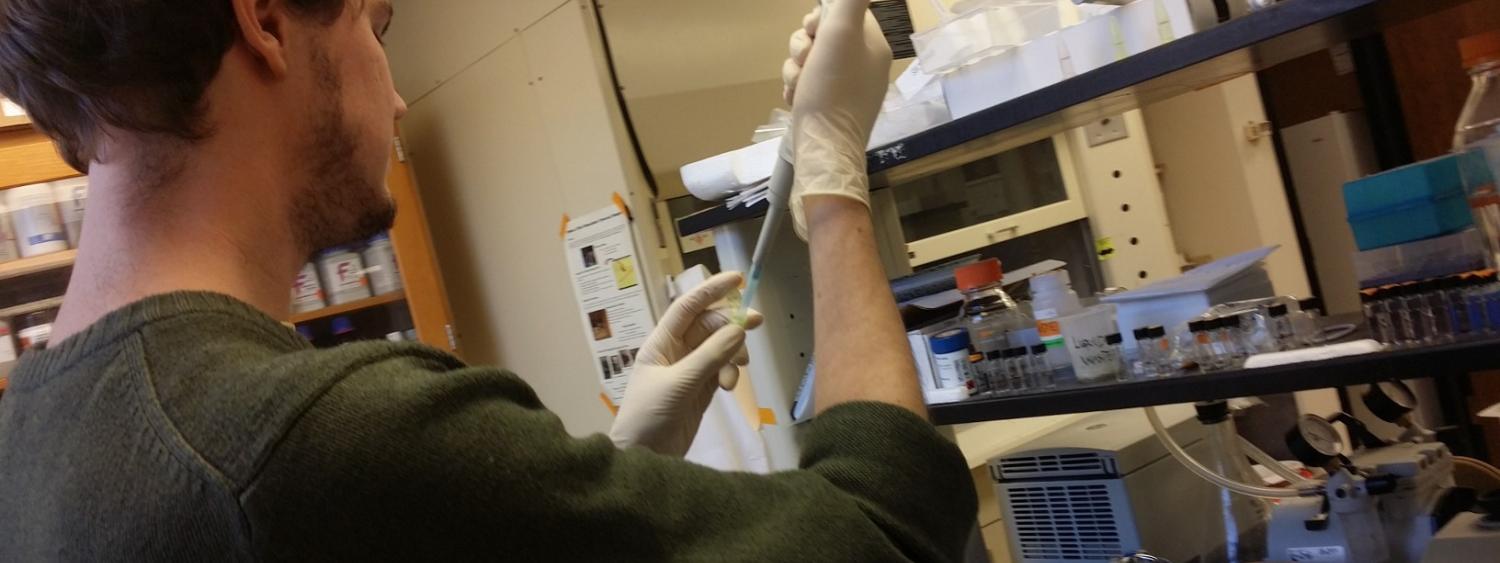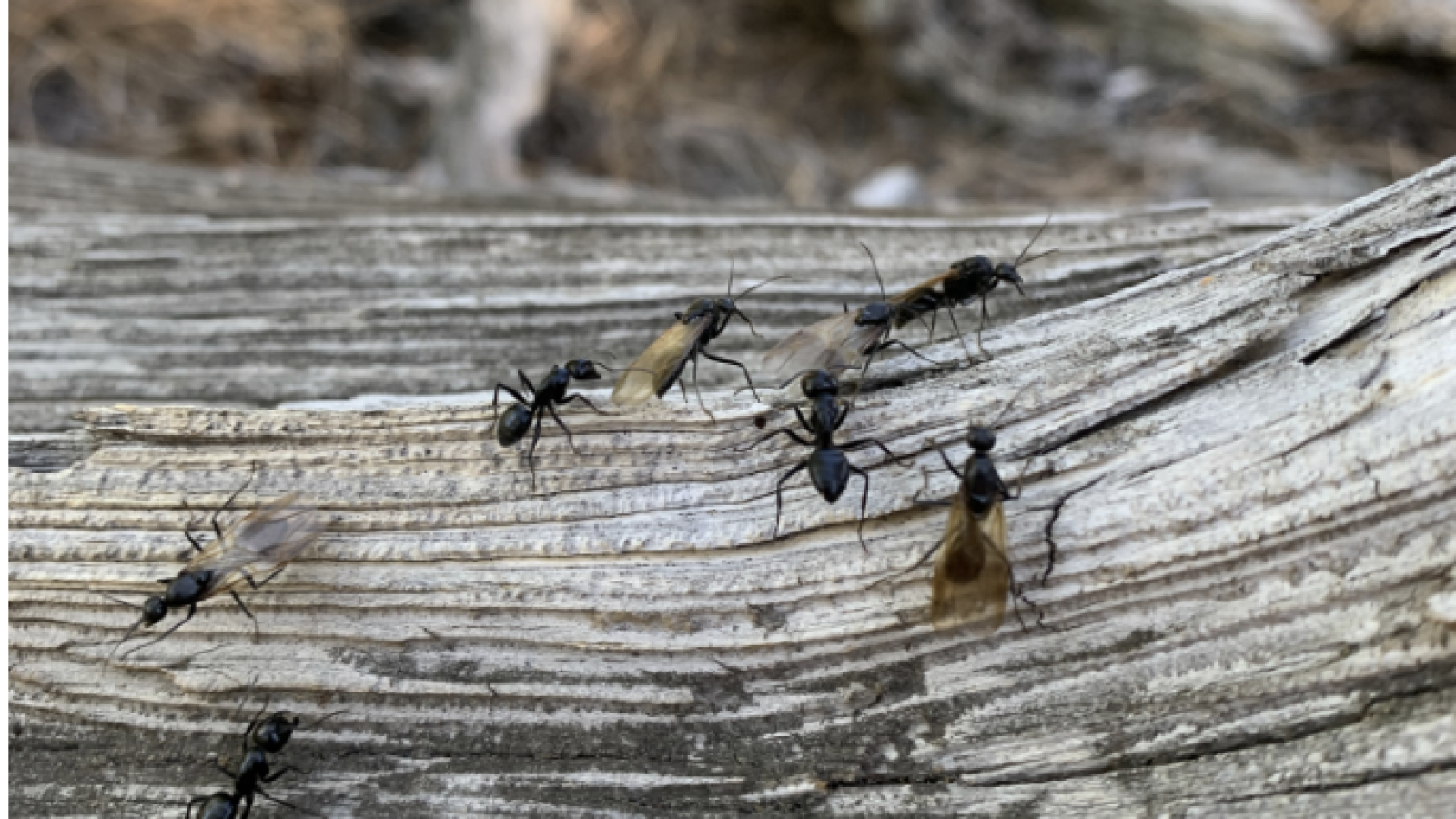
When I came to CU four years ago, I chose to major in EBIO because I had always been fascinated by the astounding diversity and complexity of nature. I loved learning about speciation, biodiversity, natural history, and the amazing array of forms that life has assumed in the 3.5 billion or so years it has inhabited the planet. The more classes I took, the more I realized how much is left to learn about biology, from the biochemistry of single celled prokaryotes, to the anatomies and lifestyles of hundreds of millions of extinct species; the more I became aware of the gaps in our knowledge, the more I wanted to fill them. Eager to put down my textbook and get my hands dirty (in the messy process of discovery!), I went to EBIO club meetings and looked through descriptions of the faculty’s research, hoping to find a project in line with my favorite biological topics.
I started working in the Medeiros lab in the summer of 2015 after taking his class: Animal Developmental Diversity. Dan’s lab, studying evolutionary developmental biology, appealed to me because of the way it merges the macro and the micro, studying the 500 million year old emergence of jawed vertebrates by closely examining the invisible molecular mechanisms which guide development in living animals. We are currently studying the evolution of the vertebrate jaw at the molecular level by ‘mapping out’ the developmental genetic programs which form the head skeleton of the lamprey (a jawless vertebrate), and comparing that to the genetic programs which creates the head skeleton of Xenopus laevis (the African clawed frog). The work has been difficult and time consuming, but more than that, it has been enlightening, rewarding, and super cool. Before the lampreys spawned, I designed the probes needed to detect the expression of our genes of interest. I also learned to design guide RNAs for use in the powerful new CRISPR/Cas9 genome editing system, developed for use in lamprey by the Medeiros lab. Once the spawning season began, we induced targeted mutagenesis in many of the embryos with gRNA/Cas9 injection mix, disabling ednA and ednRA (the topics of my thesis) and producing lampreys with truncated heads.
I am now in the final and most exciting phase of the project: characterizing the expression of potential downstream genes in order to compare the mutants with the wild types. Once all the data is in, we’ll be able to piece together the molecular pathways at work in the lamprey and draw conclusions about how the types of specific genetic changes that would have to occur for a hinged, jointed jaw to evolve from the head skeleton of a jawless ancestor. This is uncharted territory. This is discovery in the molecular age, and I am stoked to be a part of it.







